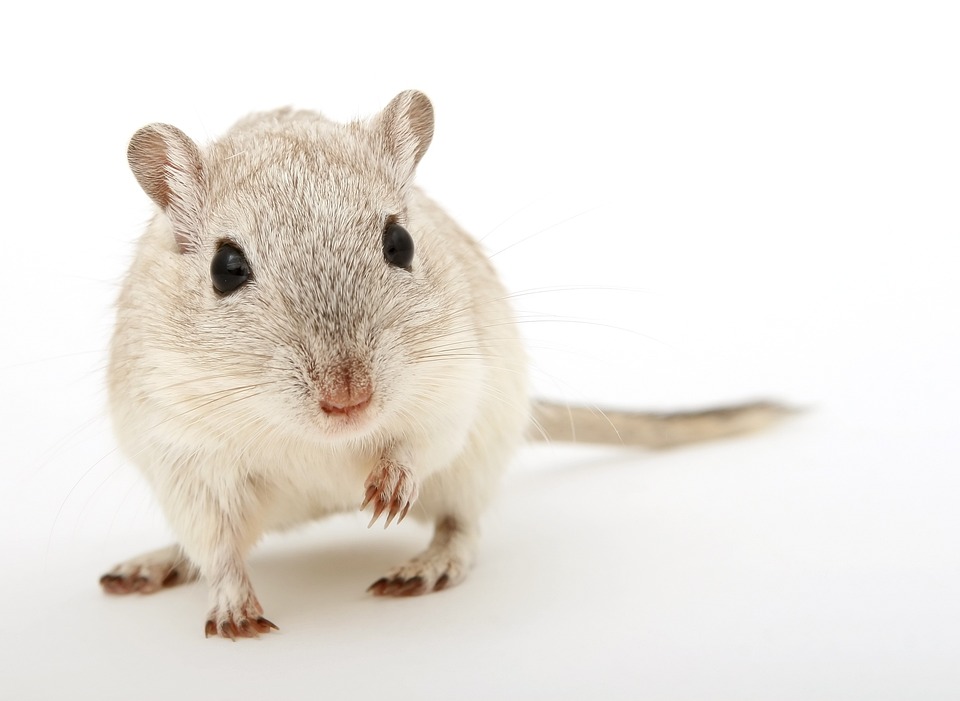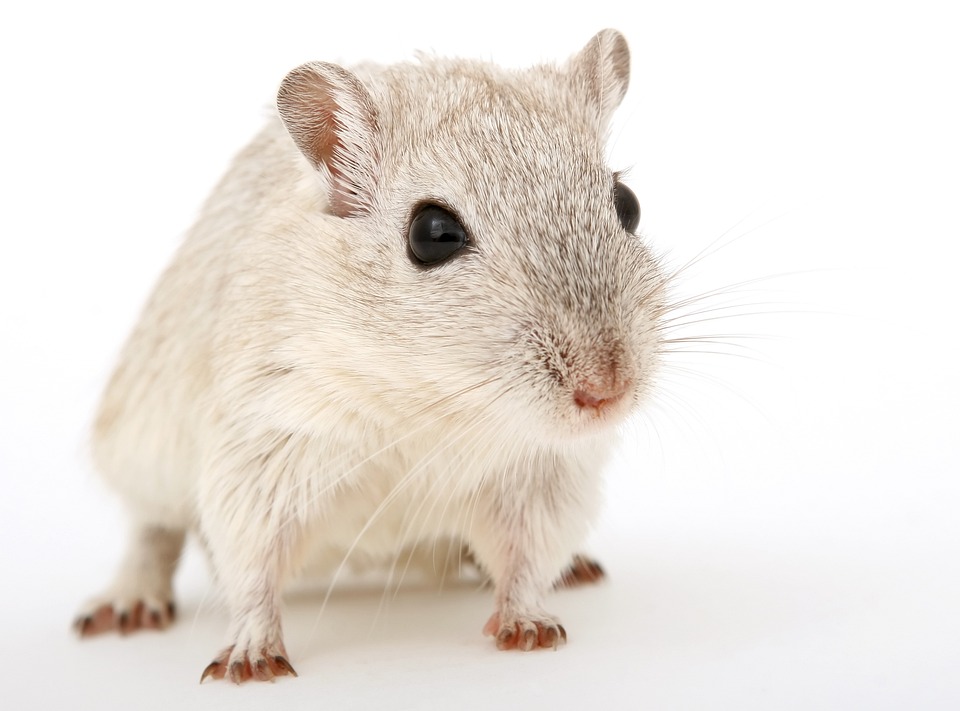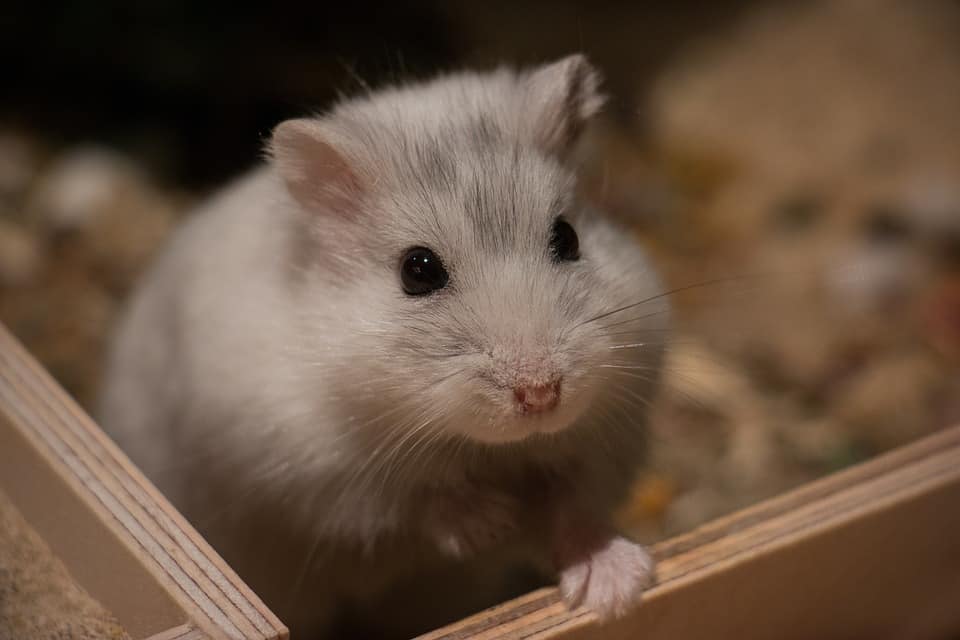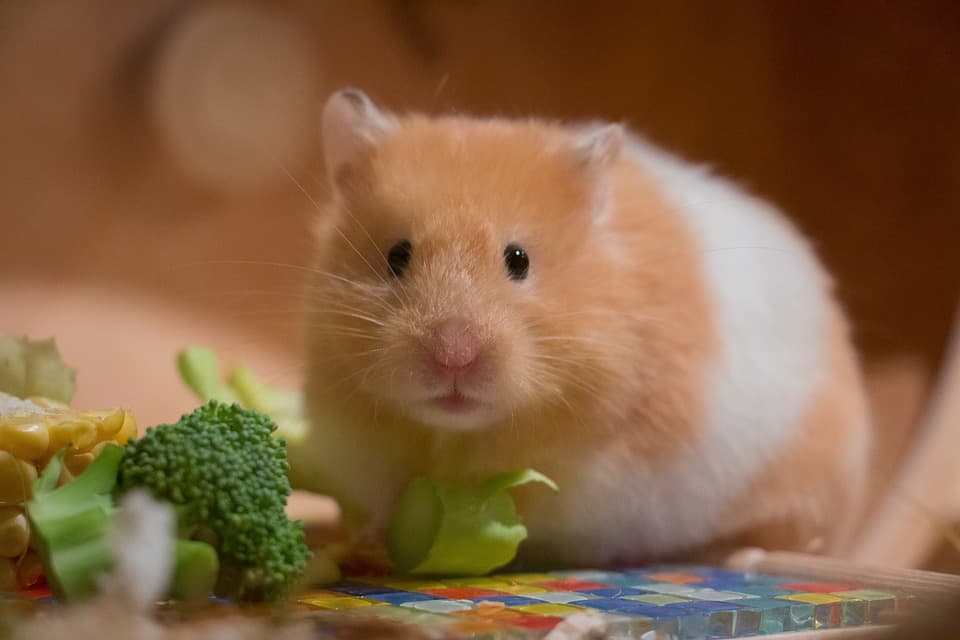What role does fur play in Indigenous cultures?
In Indigenous cultures, fur has been traditionally used for various purposes, ranging from clothing and shelter to spiritual and ceremonial practices. Fur from animals such as deer, bison, fox, and bear has been a valuable resource for Indigenous communities for thousands of years. It is not just a material for practical use, but it also holds significant cultural and spiritual meaning.
Fur is often seen as a symbol of the connection between humans and nature in Indigenous cultures. The use of fur in traditional clothing and regalia reflects the deep respect and gratitude that Indigenous people have for the natural world and its resources. It is also used to honor and commemorate the animals that provide fur through rituals and ceremonies.
How is fur utilized in Indigenous clothing and regalia?
Fur is a crucial component of Indigenous clothing and regalia, serving both practical and symbolic purposes. Traditional garments such as moccasins, mittens, and coats are often lined with fur for insulation and warmth, especially in cold climates. The use of fur also signifies a connection to the land and the animals that provide for the community.
In ceremonial and spiritual contexts, fur plays a vital role in the creation of regalia for dances, rituals, and other traditional events. For example, headdresses, shawls, and other accessories adorned with fur hold deep spiritual significance and are often used in storytelling and performances that convey Indigenous cultural teachings and beliefs.
What spiritual significance does fur hold in Indigenous cultures?
Fur is regarded as a sacred and powerful material in many Indigenous belief systems. It is seen as a link to the spiritual realm and is often used in rituals and ceremonies to connect with ancestral spirits and animal guides. Fur is believed to carry the essence and energy of the animals from which it is sourced, serving as a symbol of strength, protection, and resilience.
Furthermore, the use of fur in sacred items and regalia is believed to invoke the spiritual qualities and attributes of the animals, creating a tangible connection to the natural world and the spirits that inhabit it. The intricate designs and patterns created with fur in traditional crafts also hold specific meanings and stories that are passed down through generations.
How is the ethical and sustainable use of fur emphasized in Indigenous cultures?
Indigenous communities have long practiced ethical and sustainable methods of harvesting fur, guided by a deep respect for the natural world and the animals that provide for them. Traditional knowledge and stewardship principles are employed to ensure that the use of fur aligns with the principles of conservation and ecological balance.
Furthermore, Indigenous cultures emphasize the importance of honoring the animals and expressing gratitude for their sacrifice through ceremonies and rituals. This serves as a reminder of the interconnectedness of all living beings and the responsibility to use natural resources in a good way. By adhering to these practices, Indigenous communities strive to maintain a harmonious and reciprocal relationship with the natural world.
Conclusion
Fur holds deep cultural, spiritual, and practical significance in Indigenous societies, reflecting a profound connection to the natural world and ancestral traditions. Its use in clothing, regalia, and rituals serves as a testament to the importance of ethical and sustainable practices, as well as the preservation of traditional knowledge and spiritual values. Understanding the meaning behind fur in Indigenous cultures provides valuable insights into the rich tapestry of beliefs, customs, and relationships with the natural world that have been passed down through generations.
FAQs
1. Is fur still used in contemporary Indigenous cultures?
Yes, fur continues to be utilized in contemporary Indigenous cultures for a variety of purposes, including clothing, regalia, and ceremonial items. Many communities maintain traditional practices and teachings related to the ethical and sustainable use of fur.
2. How do Indigenous communities ensure the sustainability of fur harvesting?
Indigenous communities prioritize sustainable fur harvesting practices by following traditional knowledge and stewardship principles, as well as employing ethical hunting and trapping methods. These efforts help to maintain ecological balance and preserve wildlife populations.
3. What are some misconceptions about the use of fur in Indigenous cultures?
One common misconception is that fur harvesting in Indigenous cultures is not environmentally responsible. In reality, many Indigenous communities have time-honored practices that prioritize conservation and respect for the natural world.
4. How is the spiritual significance of fur passed down in Indigenous communities?
The spiritual significance of fur is passed down through oral traditions, ceremonies, and teachings that emphasize the interconnectedness of all living beings and the importance of ethical behavior towards the natural world.
5. What can we learn from the Indigenous understanding of fur and its meaning?
By understanding the Indigenous perspective on fur, we gain valuable insights into the deep connection between humans and the natural world and the importance of ethical and sustainable practices in utilizing natural resources.



